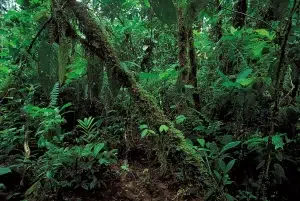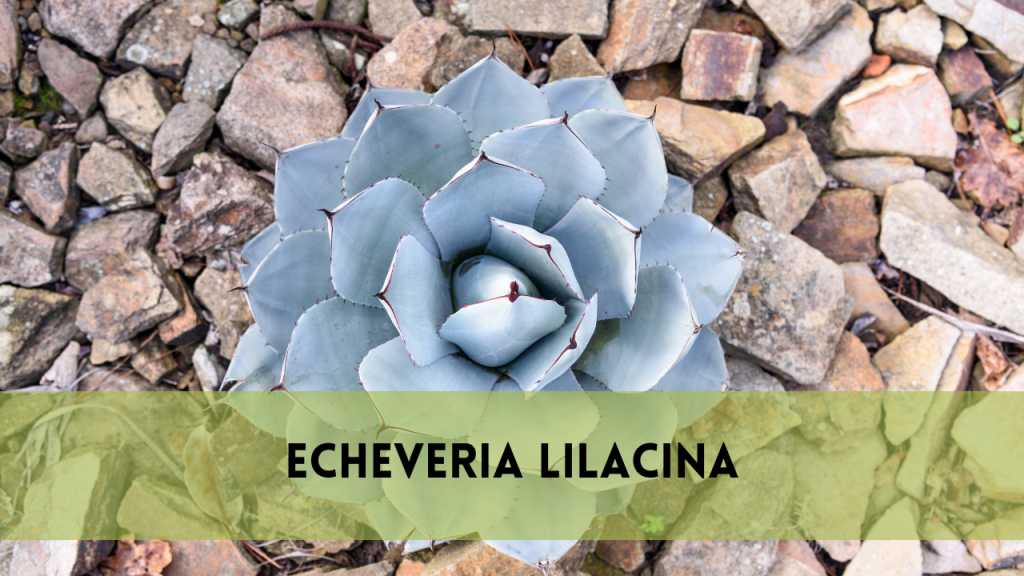Tropical rainforest plants
Tropical rainforest plants are among the world’s most biodiverse environments, featuring an incredible variety of species. These rich, lively forests are home to a diverse range of plant species, each with a critical role in maintaining ecological equilibrium. Arborist Heights delves into the intriguing world of tropical rainforest plants, examining their distinct traits, ecological relevance, and threats.
Diversity of Tropical Rainforest Plants
Tropical rainforests are known for their remarkable plant diversity. These habitats support thousands of plant species, many of which are endemic, or found nowhere else on Earth. The dense vegetation is divided into multiple strata, each supporting various plants.
Emergent Layer
The emergent layer is made up of the tallest trees, which can reach heights of 200 feet. These trees have large leaves and receive direct sunshine. Some prominent plants in this stratum are:
Kapok Tree (Ceiba pentandra): Known for its towering height and buttressed roots, the kapok tree is an important component of a rainforest canopy.
Brazil Nut Tree (Bertholletia Excelsa): This tree yields the famed Brazil nuts, which are essential for the diets of many jungle creatures.
Canopy Layer
The canopy layer provides a dense canopy of vegetation, with trees reaching heights of 60 to 130 feet. This layer is rich in biodiversity, with several epiphytes and lianas.
Epiphytes are plants that grow on other plants and get their moisture and nutrients from the air and rain.
Lianas: These woody vines climb trees to get sunlight, forming a network of greenery.
The Understory Layer
The understory layer receives little sunlight and is distinguished by smaller trees, shrubs, and herbaceous plants.
Rattan Palms (Calamus spp.) These climbing palms are notable for their flexible stems, which are frequently used to construct furniture.
Heliconia (spp.): These plants, called lobster claws, have brilliant, colourful bracts that attract pollinators.
Forest floor
The forest floor, the lowest stratum, receives barely 2% of sunshine. It is covered in decomposing plant material, which feeds the plants with nutrients.
Ferns grow on the wet, sheltered forest floor and play an important role in nutrient cycle.
Mosses are tiny, non-vascular plants that cover rocks and soil, retaining moisture.
Unique Adaptations of Tropical Rainforest Plant
Rainforest plants have evolved unique adaptations for survival in their environment. These changes are necessary to cope with the severe competition for sunshine, nutrients, and water.
Roots are buttressed
Many huge rainforest trees, such as the kapok, have buttressed roots that help them stay stable in the shallow, nutrient-poor soil. These roots spread horizontally and can extend several meters from the trunk, assisting the tree in establishing a solid foundation.
Drip Tip
Many rainforest plants have pointed points on their leaves, notably the rubber tree (Hevea brasiliensis). These tips allow water to drain off fast, reducing the growth of mould and bacteria on the leaves.
The epiphytic lifestyle
Orchids and bromeliads are epiphytes, which grow atop other plants rather than in the soil. This adaption enables them to receive more sunlight in the canopy layer. They take moisture and nutrients from the air, rain, and detritus that settles around them.
Carnivorous Plants
Some rainforest plants, like the pitcher plant (Nepenthes spp.), have evolved to catch and consume insects. This adaptation provides them with critical nutrients, particularly in nutrient-poor areas.
Ecological Significance of Tropical Rainforest Plants
Tropical rainforest plants are critical to the health of the ecosystem. They provide habitat and food for a wide range of creatures, aid in nutrient cycling, and serve to regulate world temperature.
Habitat and Food Sources
Rainforest plants are the backbone of the food web. They produce fruits, nuts, and leaves, which herbivores consume and carnivores feed on. For example, the Brazil nut tree uses agoutis to crack its hard seed pods and disperse its seeds.
Nutrient Cycling
The decomposition of plant waste on the forest floor returns nutrients to the soil, promoting the growth of new plants. Fungi and bacteria are essential for breaking down organic matter and maintaining a steady supply of nutrients.
Climate Regulation
Rainforest plants help regulate the global climate by absorbing CO2 during photosynthesis. This technique helps to prevent climate change by lowering the amount of greenhouse gases in the atmosphere.
Threats to Tropical Rainforest Plants
Tropical rainforest plants, despite their ecological value, face several dangers, the majority of which are caused by human activity.
Deforestation
Deforestation poses the greatest hazard to tropical rainforest vegetation. Clearing forests for agriculture, logging, and infrastructure development causes habitat loss and fragmentation, diminishing plant biodiversity while disrupting the forest’s ecosystem functions.
Climate Change
Climate change presents a long-term hazard to rainforest vegetation. Temperature and precipitation variations can influence the distribution and quantity of plant species. Some plants may fail to adapt rapidly enough, resulting in population losses.
Illegal trade
The illegal trade in plants, particularly orchids and other decorative species, jeopardises their survival. Unsustainable harvesting can reduce wild populations and upset the natural equilibrium.
Conservation efforts
To safeguard tropical rainforest vegetation, many conservation techniques are being used.
Protected areas
Protected places, such as national parks and reserves, help preserve essential habitats and plant diversity. They are managed to avoid deforestation and other harmful activities.
Sustainable practices
Promoting sustainable agriculture and forestry practices can help to mitigate the impact on rainforests. Agroforestry, for example, combines trees and crops to provide economic benefits while protecting biodiversity.
Research and Education
Research into rainforest plants and ecosystems is critical for effective conservation efforts. Education initiatives create awareness about the value of rainforests and the need to protect them.
Related Posts:
FAQS
1. What plants are usually found in tropical rainforests?
Tropical rainforests have a varied range of plants, including tall emergent trees like the kapok tree, dense canopy trees, epiphytes like orchids and bromeliads, and understory plants like ferns and tiny shrubs. Mosses and fungi live on the forest floor, where they disintegrate.
2. How do tropical rainforest plants adapt to their surroundings?
Rainforest plants have evolved several adaptations to thrive in their environment. These include buttressed roots for stability, drip tips to remove excess water, epiphytic lifestyles to gain more sunlight, and carnivorous adaptations to obtain nutrients in nutrient-deficient soils.
3. Why are tropical rainforest plants vital to the ecosystem?
Tropical rainforest plants are essential for the ecosystem’s health. They provide habitat and food for various animal species, aid in nutrient cycling through decomposition, and play an important role in global climate regulation by absorbing CO2.
4. What are the primary challenges to tropical rainforest plants?
The biggest dangers to tropical rainforest plants are deforestation for agriculture and logging, climate change, which affects their growth circumstances, and the illegal trade of decorative plants like orchids. These activities cause habitat loss, diminished biodiversity, and ecological imbalance.
5. What conservation measures are underway to safeguard tropical rainforest plants?
Conservation activities include establishing protected places such as national parks, encouraging sustainable farming and forestry practices, and carrying out research and educational programs. These techniques seek to protect crucial habitats, decrease human impact, and promote awareness about the value of rainforest conservation.
Conclusion
Tropical rainforest plants are critical components of our planet’s ecological balance, producing remarkable biodiversity while also playing important roles in the nutrient cycle, climate regulation, and habitat provision for many species. Despite considerable risks from human activity and climate change, continuing conservation initiatives seek to maintain and preserve these vital ecosystems. Understanding the value and distinctiveness of tropical rainforest plants allows us to contribute to their conservation and secure their existence for future generations with Arborist Heights.





